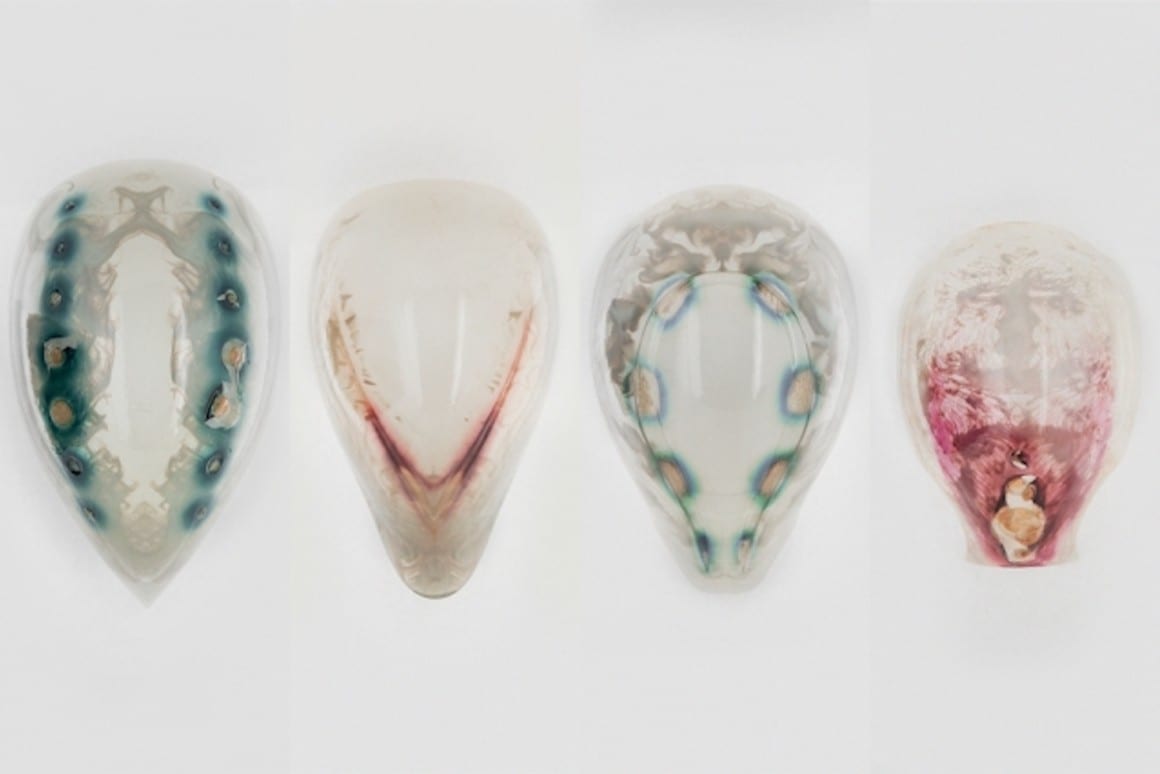Researchers at MIT and Harvard have incorporated living microbes into 3D-printed objects to make them more dynamic. The underlying resin material is embedded with chemical “instructions” that tell a layer of microbes to fluoresce in particular colors, producing a stunning array of patterns and designs.
.
The scientists call their creation hybrid living materials (HLMs), and they’re made with a few unusual ingredients. They start with two types of resin commonly used in 3D printing – the bulk of the object is made of a solid material that provides structure. Some sections were made using another type of resin that’s normally meant to be temporary, supporting overhanging sections before dissolving away when it’s no longer needed. The team realized that this secondary resin material was absorbent, so they […]
Case Study: How PepsiCo achieved 96% cost savings on tooling with 3D Printing Technology
Above: PepsiCo food, snack, and beverage product line-up/Source: PepsiCo PepsiCo turned to tooling with 3D printing...





0 Comments